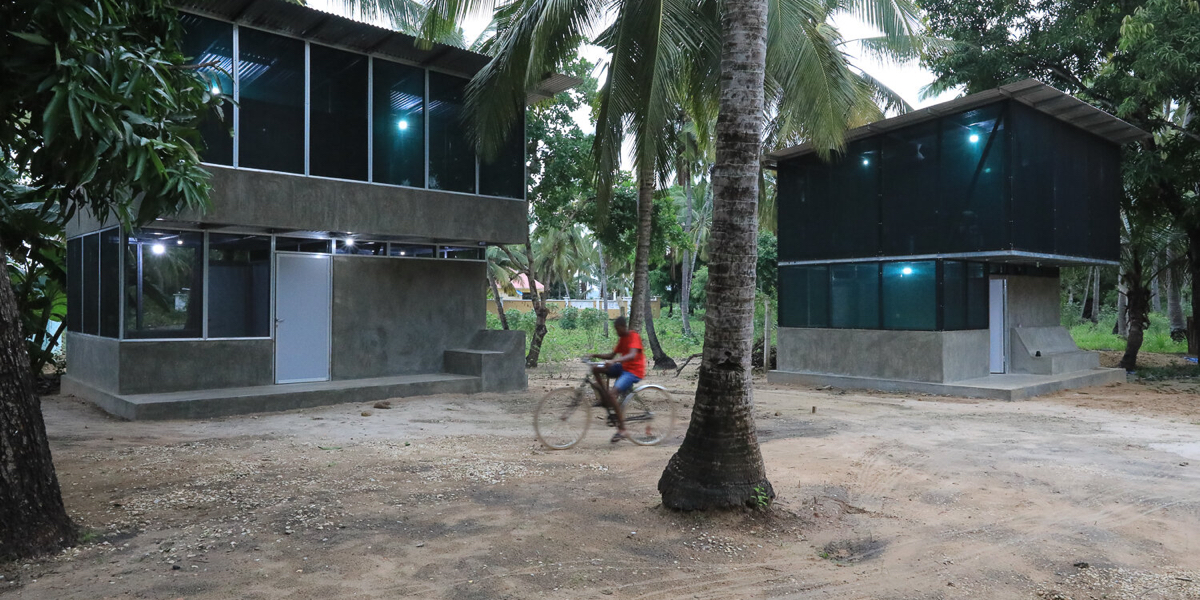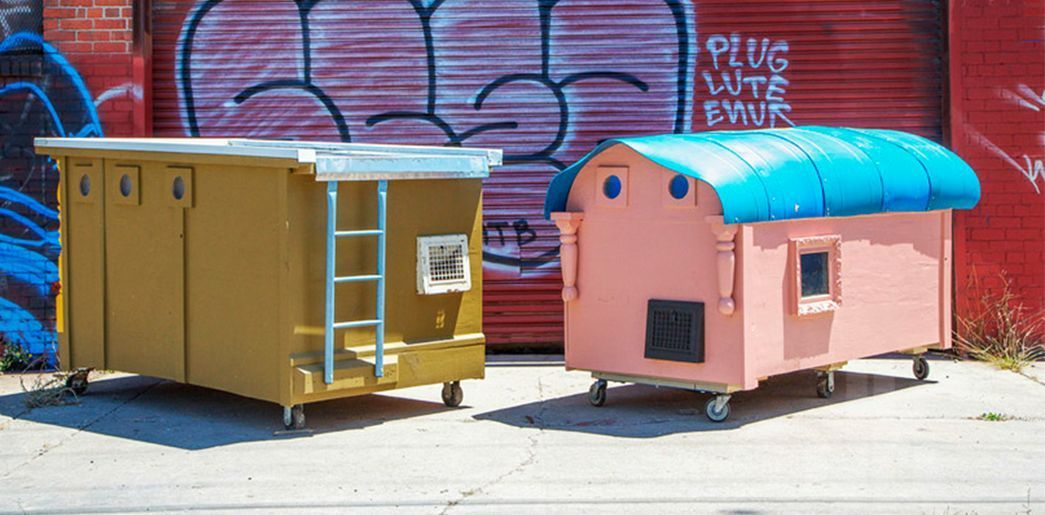AWARD YEAR
2023
CATEGORY
Home
GOALS
Good Health & Well-being
KEYWORDS
malaria, mosquitos, houses, homes, disease prevention
COUNTRY
United Rep. of Tanzania
DESIGNED BY
Knudsen, Seidlein, Wood, Brittain, Mushamu, Khabuka, Lindsay, Deen & Mmbando
WEBSITE
http://ingvartsen.dk/star-homes/05j7kpd9jgwrs3g4yattohlxwnyz3q
Star Homes Project
Houses that fights mosquitoes
How does it work?
The Star Homes Project is a clinical trial that investigates the impact of improved housing on family health in Tanzania.
The design of the houses draws inspiration from traditional homes in South-East Asia which are often well adapted to the hot-humid climate. The front bench and plan layout draw inspiration from houses local to the Mtwara region.
The design of the houses aims to reduce rates of malaria, respiratory tract infections and enteric diseases. For example, bedrooms are raised with larger, permeable openings to help lower indoor temperature and reduce entry of Anopheles gambiae mosquitoes. The Star Homes project has been developed by a cross-disciplinary team of architects, physicians, social scientists and entomologists, alongside local community leaders and stakeholders.
Why is it needed?
Sub-Saharan Africa will account for most of the world’s population growth over the coming decades with the addition of a predicted 1.1 bn people by 2050. This will necessitate the construction of millions of new homes. New housing in hot, humid regions of sub-Saharan Africa usually consists of single-level, poorly ventilated concrete block structures which predispose families to a number of preventable diseases. Minimal airflow leads to a hot indoor climate which reduces the use of bed nets and increases malaria transmission. Cooking inside without adequate ventilation results in many women developing respiratory tract infections, and inadequate water supply and sanitation predisposes family members, especially children and the elderly, to enteric infections.
How does it improve life?
110 improved houses with separate latrines are being constructed in 60 villages throughout the Mtwara region and the health of residents will be compared to those living in 440 control homes over a 3-year period.







